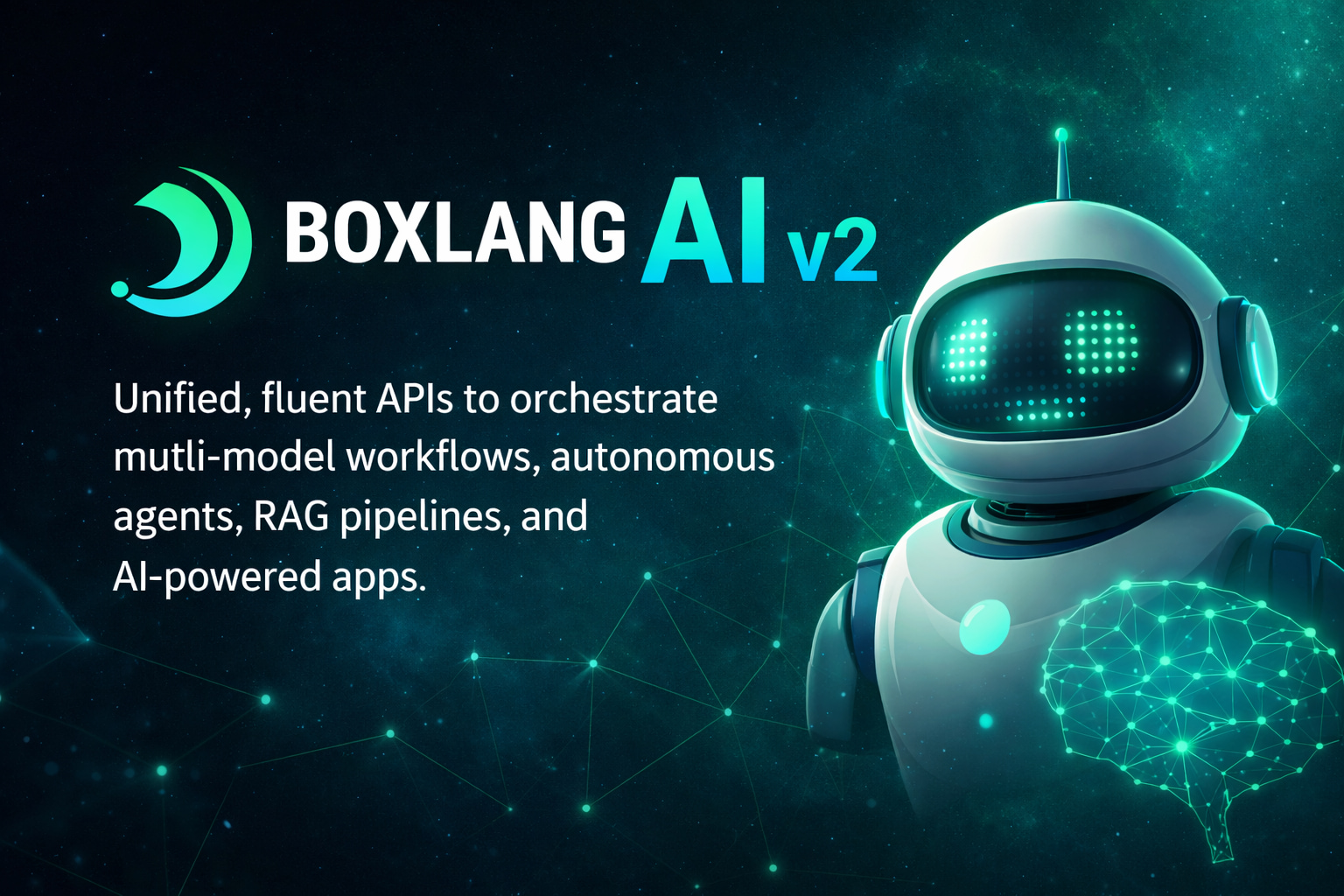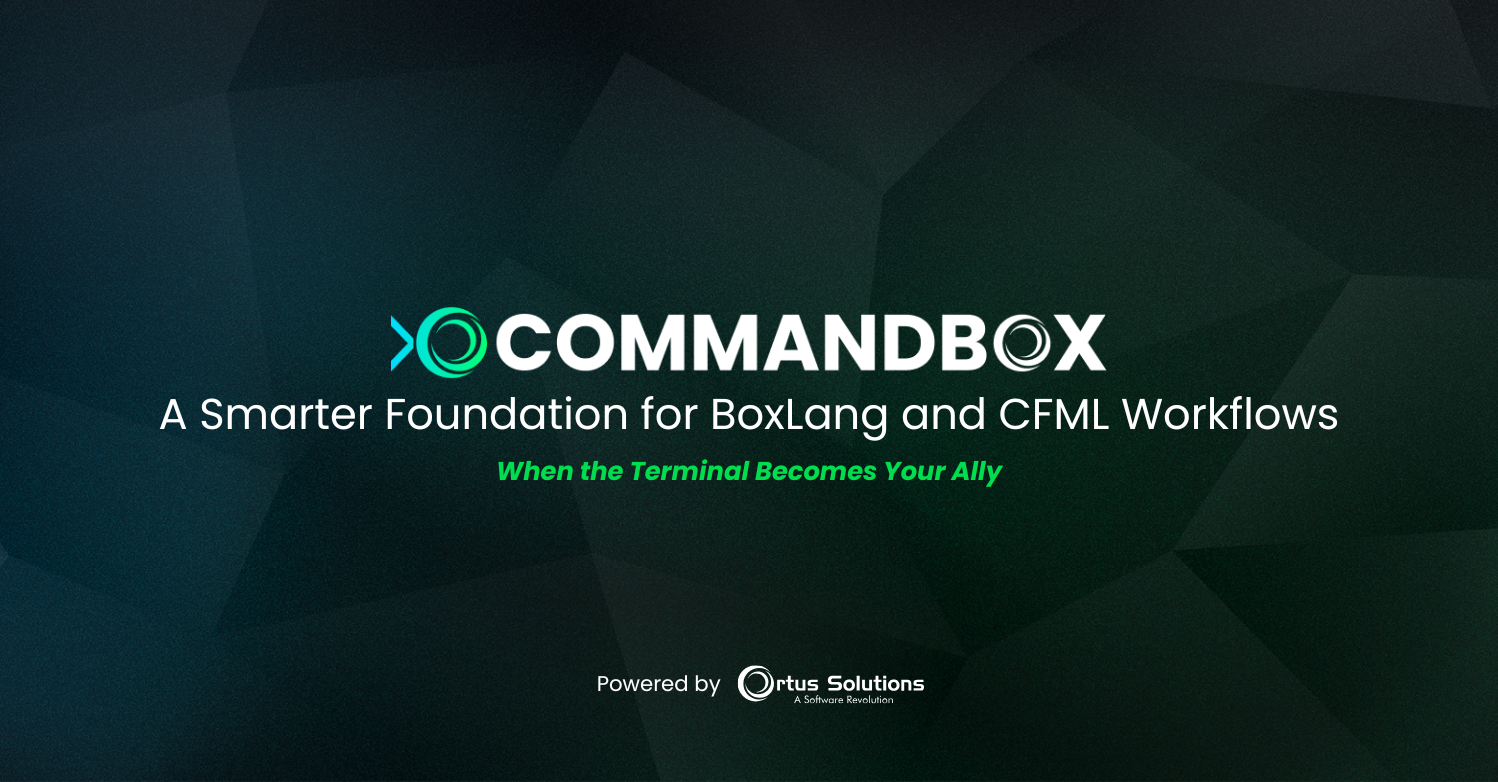 At Ortus Solutions, we love the holidays, and we wanted to gift you a gift of developer productivity, we will share a few tips and tricks that will keep giving all year around. In this series we'll be giving you 12 ContentBox tips. Keep your eye out for other 12 tips of Christmas series on our blog, including a new one this year, 12 modules of Christmas on ForgeBox.
At Ortus Solutions, we love the holidays, and we wanted to gift you a gift of developer productivity, we will share a few tips and tricks that will keep giving all year around. In this series we'll be giving you 12 ContentBox tips. Keep your eye out for other 12 tips of Christmas series on our blog, including a new one this year, 12 modules of Christmas on ForgeBox.
Day 9 - ContentBox Autoloader Module - A module to help ensure permissions, permission groups, permission groups' permissions and setting required by the module, are loaded and exist, by using conventions in the ModuleConfig.
Usage
To ensure your module has the permissions, permission groups, permission groups' permissions and settings that it needs, you can define them quickly in your ModuleConfig, and ContentBox-AutoLoader will do the rest. After configuration load, this module loops through all the modules, and creates the appropriate permissions / settings, if they do not already exist.
How to add Autoloader config
Inside your ModuleConfig.cfc, in the configure function, you can define module settings. To use the Autoloader, please add a key called contentBoxAutoLoaders and inside of that key, we'll set a struct. Inside that struct, you can place config for any of the items to be autoloaded ( details below ).
function configure() {
settings = {
contentboxAutoLoaders = {}
};
}
Adding Permissions Config
To ensure permissions exist in the ContentBox application, your module can define the list of permissions in the permissionkey inside of the contentboxAutoLoaders key setting. For a permission to be autoloaded, it is required to be a struct, with a permission key, which will be used as the slug for the permission. Description is optional, and if present, will be added to the permission.
function configure() {
settings = {
contentboxAutoLoaders = {
"permission" = [
{ "permission" = "Because" },
{
"permission" = "MyNewSetting",
"description" = "My New setting I have to have"
}
]
}
};
}
Adding Permission Group config
To ensure permission groups exist in the ContentBox application, your module can define the list of permissions in the permissionGroup key inside of the contentboxAutoLoaders key setting. For a permission group to be autoloaded, it is required to be a struct, with a name key, which will be used as the slug for the permission group. Description is optional, and if present, will be added to the permission group.
function configure() {
settings = {
contentboxAutoLoaders = {
"permissionGroup" = [
{
"name" = "MyNewGroup",
"description" = "My New Group I have to have"
},
{
"name" = "MyNewGroup2",
"description" = "My New Group I have to have"
}
]
}
};
}
Adding PermissionGroup's Permission Config
Adding Permission Groups, and Permissions is not much help, without allowing you to define which Permission Groups has which permissions. This config allows you to set that relationship. Add the permissionGroupPermission key to the contentboxAutoLoaders struct. Inside of the permissionGroupPermission, define an array of structs, containing 2 keys, permissionGroupName, the permissionGroup you would like to add permissions to, and permissions an array of permissions. The array of permissions, is an array of structs, containing just 1 key, the permission which is the name / slug of the permission.
Note: This does not create the permission or the permission group. Please use the config above to add the permissions and permission groups, before setting their relationships with this config.
function configure() {
settings = {
contentboxAutoLoaders = {
"permissionGroupPermission" = [
{
"permissionGroupName" = "mynewgroup",
"permissions" = [
{ "permission" = "mynewsetting" },
{ "permission" = "mynewsetting2" },
{ "permission" = "mynewsetting3" },
{ "permission" = "mynewsetting4" },
{ "permission" = "mynewsetting5" },
{ "permission" = "mynewsetting6" }
]
},
]
}
};
}
Adding Setting config
To ensure settings exist in the ContentBox application, your module can define the list of settings in the setting key inside of the contentboxAutoLoaders struct. For a setting to be autoloaded, it is required to be a struct, with a name key, which will be used as the slug for the setting, and the value key, which will be the value of the setting.
function configure() {
settings = {
contentboxAutoLoaders = {
"setting" = [
{
"name" = "RC_New1",
"value" = "yes"
},
{
"name" = "RC_New2",
"value" = "no"
}
]
}
};
}
Warning - May recreate your manual configurations deletions
As states, this module creates settings etc that do not exist. If you delete a permission, or remove a permission from a permission group, where your module defined that to be required, it will recreate that setting or relationship.
If the slugs already exist, it will not add, or modify the existing settings or values.
Full Example Configuration
Here is a full example of using the ContentBoxAutoLoaders config, with all of the possible keys.
function configure() {
settings = {
contentboxAutoLoaders = {
"permission" = [
{ "permission" = "Because" },
{
"permission" = "MyNewSetting",
"description" = "My New setting I have to have"
},
{
"permission" = "MyNewSetting2",
"description" = "My New setting I have to have"
},
{
"permission" = "MyNewSetting4",
"description" = "My New setting I have to have"
},
{
"permission" = "MyNewSetting6",
"description" = "My New setting I have to have"
}
],
"permissionGroup" = [
{
"name" = "MyNewGroup",
"description" = "My New Group I have to have"
},
{
"name" = "MyNewGroup2",
"description" = "My New Group I have to have"
}
],
"permissionGroupPermission" = [
{
"permissionGroupName" = "mynewgroup",
"permissions" = [
{ "permission" = "mynewsetting" },
{ "permission" = "mynewsetting2" },
{ "permission" = "mynewsetting3" },
{ "permission" = "mynewsetting4" },
{ "permission" = "mynewsetting5" },
{ "permission" = "mynewsetting6" }
]
},
],
"setting" = [
{
"name" = "RC_New1",
"value" = "yes"
},
{
"name" = "RC_New2",
"value" = "no"
},
{
"name" = "RC_New3",
"value" = "no"
},
{
"name" = "RC_New4",
"value" = "no"
}
]
}
};
}
After using this module with a few clients, we are making some more additions before giving it the official Ortus seal of approval.
The repo is currently on my personal github account: https://github.com/gpickin/contentbox-autoloader
Not available currently on Forgebox, but you can still install in your app with
box install https://github.com/gpickin/contentbox-autoloader/archive/master.zip
Let me know if you have any ideas, thoughts or issues, and hoefully we can include those changes in the official 1.0.0 release under the Ortus name and in Forgebox.




Add Your Comment